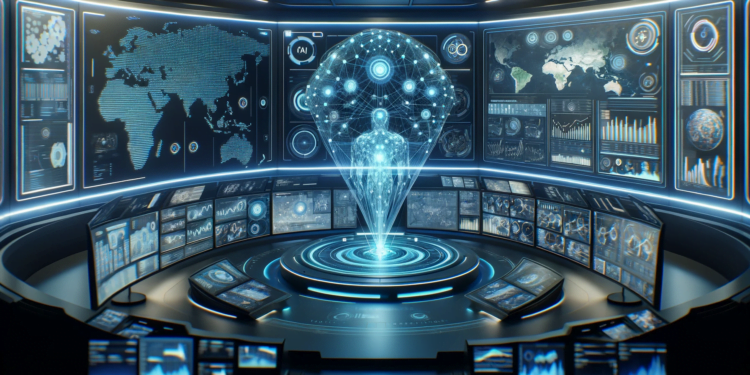Artificial intelligence (AI) has undergone an unprecedented evolution, permeating various domains with applications that surpass science fiction. Event detection stands as a prolific field where AI demonstrates its ability to transform vast amounts of data into actionable information. This article proposes a comprehensive examination of event detection through the lens of modern AI and its future projections.
Theoretical Foundations: From Perceptrons to Deep Networks
Initially structured on simple perceptrons, event detection has transitioned towards complex deep neural network architectures. The shift from linear models to systems capable of addressing nonlinearity has opened new horizons in the automatic interpretation of temporal and spatial signals. The theory behind convolutional neural networks (CNN) has revolutionized the way visual patterns are classified, while recurrent networks (RNN) and Long Short-Term Memory networks (LSTM) have reshaped our understanding of sequential data.
Algorithmic Advances: Beyond Supervised Learning
Event detection has traditionally relied on supervised learning, however, the introduction of semi-supervised and unsupervised algorithms has enabled the development of more robust and adaptive systems in the face of data variability. Exploiting techniques such as Transfer Learning and Generative Adversarial Networks (GAN) has stood out for their ability to generate internal representations that capture the essence of complex events without exhaustive labeling.
Practical Applications: Emblematic Use Cases
Real-time monitoring of critical infrastructure using IoT sensors has benefited from AI event detection advances. Case studies, like the supervision of electrical grids to prevent failures through atypical patterns, illustrate how deep learning methods are applied to avert disasters. Another relevant case is the analysis of social networks for early identification of emerging events, where text mining and natural language processing (NLP) combine to discern informative signals from noise.
Comparisons and Evolution: Benchmarking and Rigorous Validations
Academic rigor and objective evaluation of new approaches have been paramount in the evolution of event detection. Comparisons with previous standards, such as the F1-score, ROC-AUC, and confusion matrices, provide a quantitative basis for advancing the field. Open data initiatives and competitions, like Kaggle and Stanford Datasets, drive rapid iteration and transparent collaboration in the research community.
Projections and Challenges: The Horizon of AI
Looking ahead, event detection faces ethical and technical challenges such as data privacy and model interpretability. The engineering of automatic features remains critical, and the emergence of Explainable AI (XAI) is focused on making algorithms as transparent as they are informative. Federated learning emerges as a methodology that could democratize machine learning while preserving privacy.
Conclusion: Integrating Intelligence into Event Detection
In conclusion, AI-assisted event detection is not just a technological intersection; it is a transformation of how we interpret the world through its dynamic manifestations. AI does not only process events, but it also predicts and proactively acts to mitigate risks. This intellectual adventure does not stop at technical analysis but propels a synoptic vision fostering solutions that were once unthinkable.
This journey through event detection in the era of AI provides a multidimensional and contemporary understanding of a field in full maturation. By delving into the most advanced technical aspects, a landscape is unveiled where each innovation opens a range of possibilities and challenges. Event detection, nourished by AI, has the potential to unfold unprecedented intelligence over the vastness of data that our society generates daily.






















